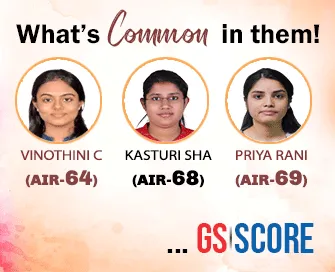

28th July 2025 (17 Topics)
Context
Prime Minister Narendra Modi, during his visit to the Brihadeeswara Temple at Gangaikonda Cholapuram on July 27, 2025, highlighted the Chola Empire's early democratic practices, notably the "Kudavolai" system of ballot-based elections.
Historical Governance Mechanism:
- The Cholas, especially under Rajendra Chola I, developed an advanced form of local self-government that predates many Western democratic models. This system was institutionalized through Uttaramerur inscriptions, which codified rules for local administrative councils.
Kudavolai System ("Ballot Pot Election"):
- The process was not symbolic but regulated and merit-based. Names of eligible candidates (landowners, tax-payers aged 35–70 years with Vedic knowledge) were written on palm leaves and placed in a pot (kudam). The draw was supervised and based on civic trust and transparency.
Eligibility & Disqualification Criteria:
- Candidates had to be free from debt, criminal charges, alcohol abuse, and close kinship with sitting officials. These stringent norms ensured moral rectitude in public service, which resonates with modern disqualification laws under Representation of the People Act, 1951.
Accountability Framework:
- Annual audits and removal for misappropriation or dereliction of duty were standard. This showcases early checks and balances akin to modern anti-corruption and Right to Recall
Civic Engineering & Institutional Legacy:
- The Chola model facilitated merchant guilds (Manigramam, Ayyavole), decentralised decision-making, and trade diplomacy. It influenced subsequent administrative thought in peninsular India and remains archaeologically and epigraphically documented, especially in Epigraphia Indica Vol. XXII (1933–34).
More Articles

